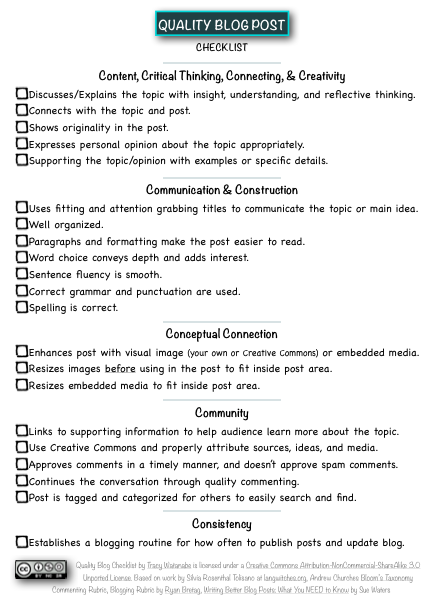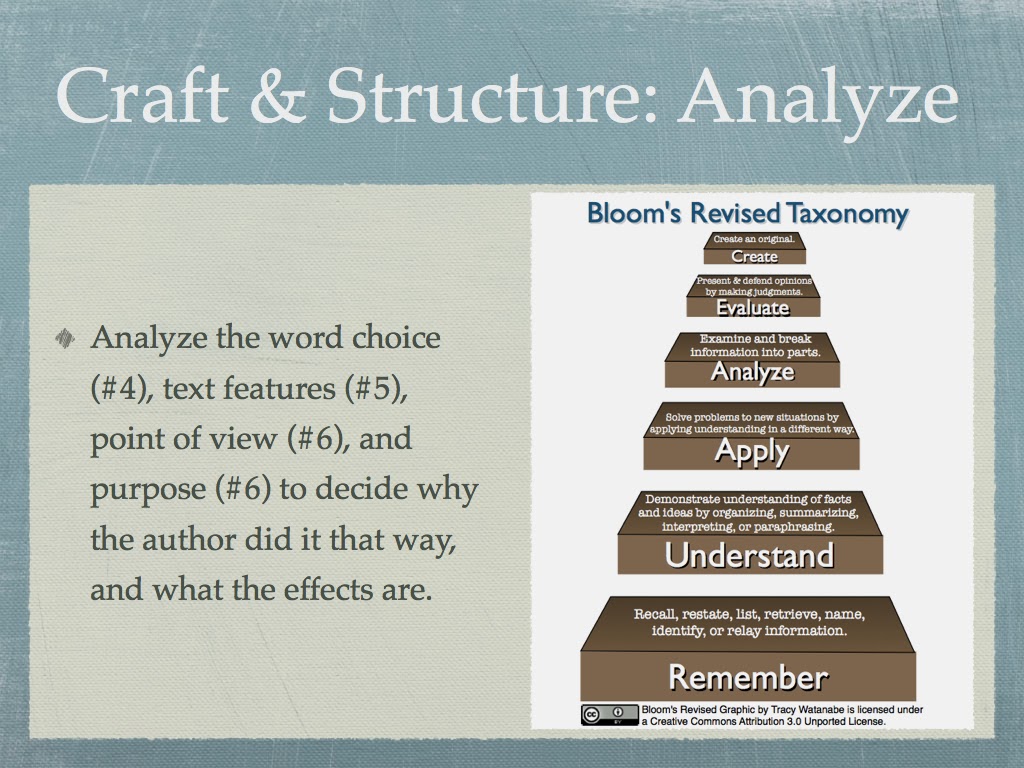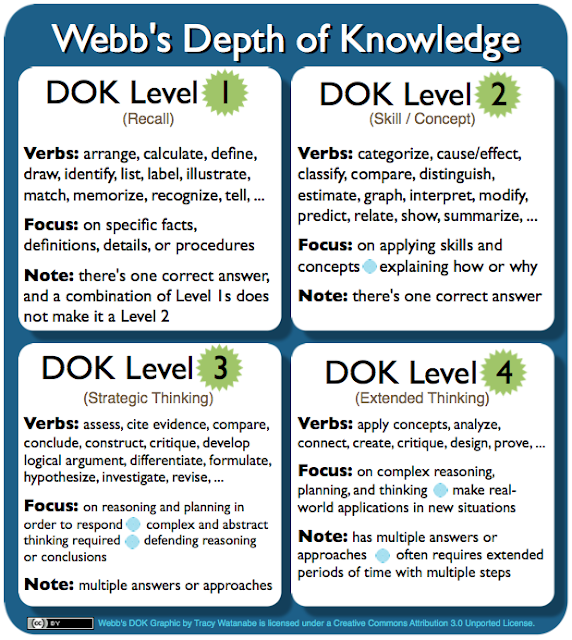Composing Quality Comments
How do you get Discussions Started on your Blog?
A blog's success can be measured partially by the blog comments; therefore, it's important students, parents, teachers, and administrators, learn how to do this. I realized this is a lesson that must explicitly be taught in order to promote the type of blog discussions where readers respond to each other in continued conversations.
We used Edublogs Teacher Challenge -- Student Blogging Activity 3 -- Teaching Quality Commenting to start our class discussion.
Compare Websites to Blogs
We needed to start by connecting their prior knowledge, which was websites. What's the same and what's different between the 4th Grade Science Website and a Blog?
Our learning point was blogs are for discussions! So, it's important that we learned how to write quality comments to spark conversations.
Our Tips for writing Quality Comments
Based on what we learned from Mrs. Morris and Mrs. Yollis, we wrote our own tips for creating quality comments.
- Look for blogs that you like or made an impact on you, then start a respectful conversation.
- Start a conversation by complimenting them, asking a question, or adding more information. This is how you connect to the writer and begin a discussion.
- Remember our cyber citizenship and Internet safety tips and rules, such as: keep personal information safe; know how to report someone if necessary; be respectful; and use good manners. Responding back to comments is a way to use good manners.
- Edit and proof read your comments to make sure it sounds correct, uses correct spelling, punctuation, and grammar. Have someone else double check and provide feedback before you ask your teacher or parent if you can post your comment.
- Use only one exclamation point when you are excited about something. Add more information to show your enthusiasm, instead of adding more exclamation points (Mrs. Yollis' students).
- Write your comments like a friendly letter, with a greeting, the content, and then the closing (Mrs. Morris). Remember to use your first name only.
- Stay on topic of the conversation or blog post, instead of talking about something unrelated (Mrs. Yollis' students).
- Make sure someone else didn't write the same thing before you post your comment (Mrs. Yollis' students).
- Let's remember our audience when choosing vocabulary and tone for comments.
Here are some of the classes we looked at:
- Mrs. Yollis' Third Grade Class (California, USA)
- Mrs. Morris' Second Grade Class -- 2KM and 2KJ @ Leopold Primary School (Victoria, Australia)
- Mr. Salsich's Third Grade Class (Connecticut, USA) and his How to Comment Page
- Classes in the same age range for ages 8-11 (Edublogs Class Challenge--Around the Globe)
Mrs. Yollis explained during the Tech Talk Tuesday Webinar, that she has her students evaluate the quality of comments by voting. I put her suggestion to practice. If the comment followed the tips our class made, then we gave it a 3; if it followed most of the tips then it rated a 2; if it was not a quality comment, then we gave it a 1.
It was such a simple way to have students evaluate and share back visually to check for understanding. It also provided us with an opportunity to discuss it's okay to have different opinions, which should be respected. I'd have students share why they voted the way they did, again continuing the discussion of quality comments.
Next Step?
Next week, we'll take some time to apply what we learned, and comment on other blogs.
This post was inspired by Edublogs Teacher Challenge. Special thanks goes to Kathleen Morris, for sharing your experience with us; and to Linda Yollis for inspiring others by sharing her expertise and passion about blogging.



Hi Tracy,
ReplyDeleteThanks for the mentions. Linda and I are both passionate about quality commenting as we have seen the excellent results students can achieve when we set our standards high. I have learnt so much from Linda and I'm glad you're getting ideas from us too!
Have fun blogging!
Kathleen Morris
Hi Kathleen,
ReplyDeleteYour passion is noticeable, and I have learned so much from the both of you about how to blog with students. I'm loving your quad blog, and look forward to having the group of students I'm working with learn from "the quad."
One thing that came up today when we were talking about your students was audience, which was perfect! A learning experience that wouldn't have been likely outside a real purpose and audience. -- We were getting ready to leave a comment on your blog when we noticed we were out of time...
I look forward to learning from you and thank you for stepping into a leadership role.
Kind regards,
Tracy Watanabe
As always, good stuff Tracy! My brain is already swirling with potential ideas for when we get from spring break. ;)
ReplyDeleteHi Bethany,
ReplyDeleteI love hearing your brain think! We can bounce ideas around if you'd like after spring break.
Regards,
Tracy